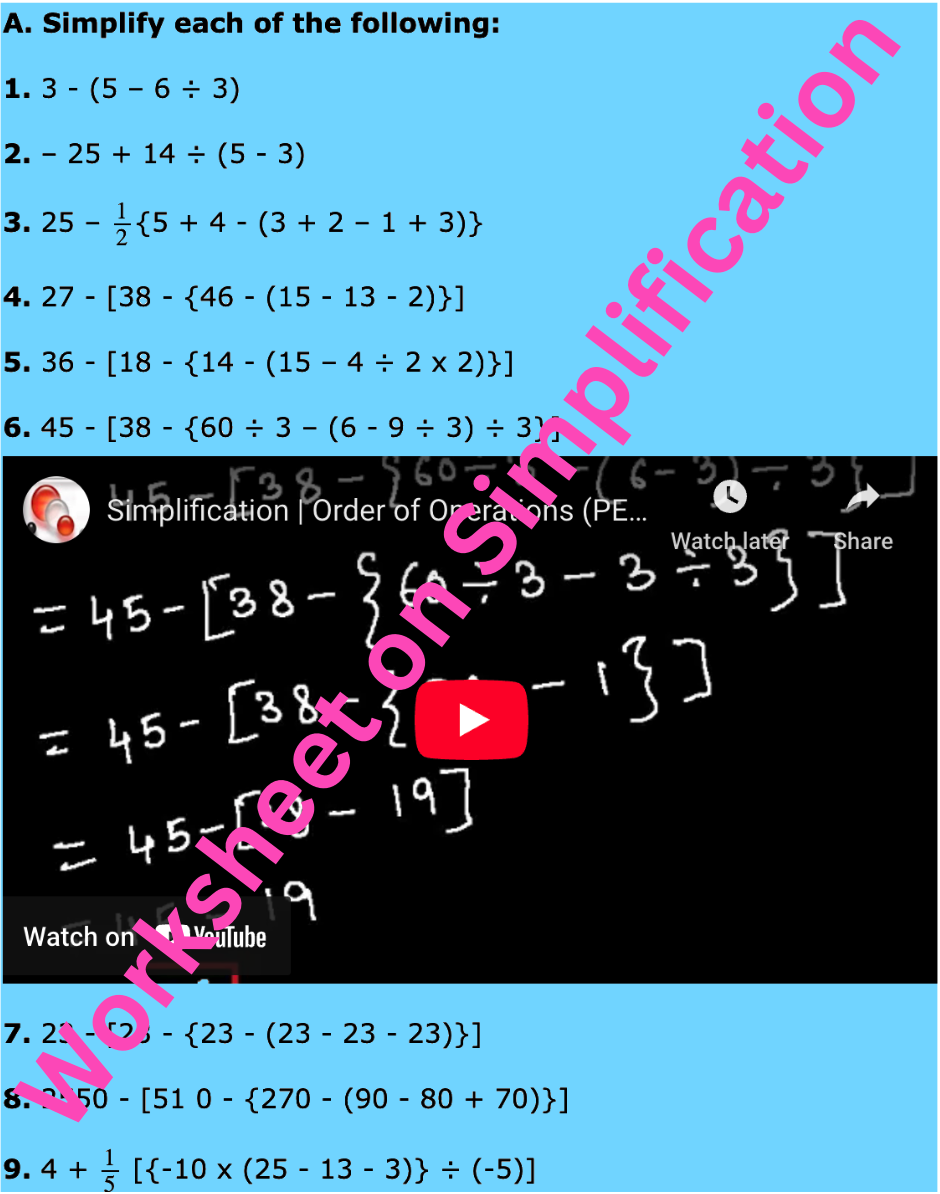Conditions for Classification of Quadrilaterals and Parallelograms
We will discuss here about Conditions for classification of quadrilaterals and parallelograms.
On the basis of the above definitions, theorems and converse propositions we conclude the following.
1. A quadrilateral is a parallelogram if any one of the following holds.
(i) Each pair of opposite sides are parallel.
(ii) Each pair of opposite sides are equal.
(iii) Each pair of opposite angles are equal.
(iv) Diagonals bisect each other.
(v) One pair of opposite sides are parallel and equal.
2. A quadrilateral is a trapezium if one pair of its opposite sides are parallel.
3. A parallelogram is a
(i) rhombus if its diagonals interest at right angles.
(ii) rectangle if its diagonals are equal.
(iii) square if its diagonals are equal and intersect at right angles.
Note:
• Parallelograms, trapeziums, rhombuses, rectangles and squares are all quadrilaterals.
• Rhombuses, rectangles and squares are all parallelograms.
• All squares are rhombuses, but the converse is not true.
• All squares are rectangles, but the converse is not true.
From Conditions for Classification of Quadrilaterals and Parallelograms to HOME PAGE
Didn't find what you were looking for? Or want to know more information about Math Only Math. Use this Google Search to find what you need.
Recent Articles
-
Counting Numbers from 1 to 50 | Match the Number | Missing Numbers
Apr 04, 25 03:46 PM
In counting numbers from 1 to 50, recognize the numbers, count and then join the numbers in the correct number order. Here we mainly need eye-hand coordination to draw the picture and maintain the num -
Counting Eleven to Twenty with Numbers and Words |Numbers from 11 - 20
Apr 04, 25 03:21 PM
Counting eleven to twenty with numbers and words are explained below. One ten and one more is eleven. Eleven comes after ten. One ten and two more is twelve. Twelve comes after eleven. -
5th Grade BODMAS Rule Worksheet | PEMDAS | Order of operations|Answers
Apr 03, 25 03:11 PM
In 5th Grade BODMAS Rule Worksheet you will get different types of problems on mathematical expressions involving different operations, mathematical expression with 'brackets' and 'of' and simplifying… -
Worksheet on Simplification | Simplify Expressions | BODMAS Questions
Apr 03, 25 02:58 PM
In worksheet on simplification, the questions are based in order to simplify expressions involving more than one bracket by using the steps of removal of brackets. This exercise sheet -
Divisible by 2 Video |Test of Divisibility by 2 Trick| Rules| Examples
Apr 03, 25 10:25 AM
A number is divisible by 2 if the digit at unit place is either 0 or multiple of 2. So a number is divisible by 2 if digit at its units place is 0, 2, 4, 6 or 8.





New! Comments
Have your say about what you just read! Leave me a comment in the box below. Ask a Question or Answer a Question.